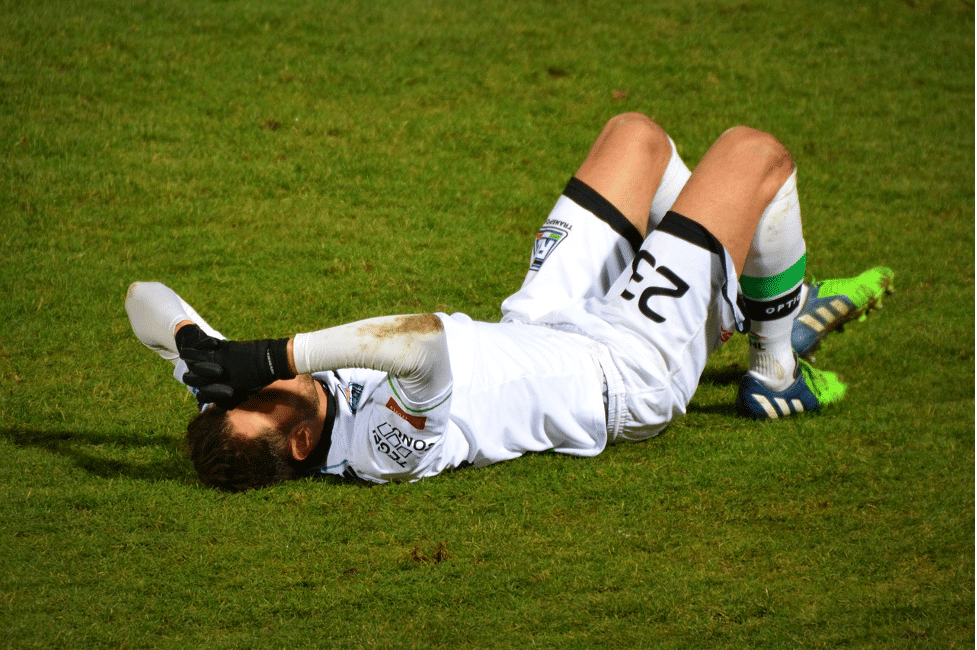Sports are seen as the best way to stay fit, bond with each other, and have unparalleled fun. However, the risks in some sports are always high.
Many sports require physical contact to gather more points against the opponent. As a result, injuries affecting bones, joints, ligaments, tendons, or muscles are likely to arise.
The US National Safety Council reported that about 3.7 million people were treated in emergency departments for sports and recreational equipment injuries in 2023. Also, the NFL said that there were 213 reported concussions during the 2023 season alone.
This shows that despite the benefits of sports, it can also be death-defying stunts. What is the most dangerous sport to athletes and players? Are there any sports that pose a death risk? Let’s find out.
Seven Top-Ranking Dangerous Sports
American Football
The biggest sport in the US is American Football. It’s a highly competitive sport that demands strength, speed, and teamwork.
In America, football produces most injuries ahead of other sports per the number of participants. The extreme injury common to the sport is concussion and eventual brain damage. Concussions usually occur out of intense collisions. This makes it one of the most dangerous sports globally.
Former NFL player Terry Bradshaw once said, “Football is an awesome sport, but it’s also a violent sport, and that’s why all of us love it.”
This means that despite the intense pain it causes to the player, their pleasure is in the ability to make fans happy.
Boxing

Boxing is scary because it requires intense physical combat. There have been recorded deaths in history, and there are hardly any of the competitors without injuries.
Many boxers sustain lifetime injuries like vision problems, crippled speech impediments, and some even get permanent brain damage. Some do get chronic traumatic encephalopathy (CTE). It is a degenerative brain disease associated with repeated head trauma.
The sport’s ultimate goal is to hit your opponent and overpower them with punches continuously. These punches are targeted at the heart and body without minding the sensitive part of the body.
Muhammad Ali had Parkinson’s disease. A neuropsychological condition some experts believe that it was worsened by the repeated blows he sustained during his active years in the ring.
Rugby
According to the legendary Oscar Wilde, “Rugby is a good occasion for keeping thirty bullies far from the center of the city.” This means the sport is highly ferocious, and only the strong participate.
Rugby requires complete body contact, which is why it is rated on the list as one of themost dangerous extreme sports. The sport combines the rules of American football, soccer, and polo. It is like the stricter game of American football.
What gives the sport out is that players wear less protective gear compared to football. They do not wear helmets or padding. Yet, it requires intense physicality, tackles, and scrum to play. The frequent injuries in the sport are concussions and broken bones. The players also have injuries in other sensitive body parts like the neck and spine.
In the 2019/20 session, the sport recorded 88 injuries per 1000 hours, and one hundred and forty-three match injuries were sustained in total in the 45 matches played during the 2019 World Cup.
Skydiving
Skydiving is one of the most dangerous extreme sports. Players usually jump from an aircraft and have a free-fall at speeds of up to 120 miles per hour before they use a parachute. Although modern technology and safety measures reduce the risk, sports remain inherently risky because of the margin for error.
Though accidents are rare, they are mostly fatal when they occur. Factors that cause accidents in the sports are equipment failure, errors from participants, and sometimes poor or miscalculated weather conditions.
The United States Parachute Association reported 20 fatalities out of 3.9 million jumps in 2022. Ten fatalities out of 3.57 million jumps were reported in 2021. In 2023, 10 fatalities were also reported out of 3.65 million jumps.
Basketball
However, basketball does not require contact like rugby and football. Yet, it has its risks. It is a sport that requires intense speed, frequent jumping, and quick change of direction. Injuries common to the sport are ankle sprains, knee injuries (mainly ACL tears), and finger fractures.
There are also frequent collisions of players on one another or the court surface that can lead to head injury. Kobe Bryant, an NBA legend, tore his Achilles tendon in 2013. The injury stopped him for almost a year.
Soccer/Football
Soccer is another non-contact sport that is considered dangerous, like other sports. Though not so popular in America, it is the most popular sport worldwide. Football is highly celebrated for its high skill requirement, but it is also dangerous, considering its injury frequency.

Players usually get leg, ankle, and knee injuries because it is a game that demands sprints, sharp turns, and contact with other players. Concussions might equally arise from the sport when players compete to head the ball.
Hockey
Despite wearing padding and other protective gear, hockey is a hazardous sport. It is usually played at high speed, causing players to get constantly injured from falls, collisions, and checks.
The stick, skate, and pair of blades usually attached to their feet while on the race increases the sport’s danger. Injuries common to sports are broken bones, facial lacerations, and sometimes concussions.
Ways to Prevent Injury in Dangerous Sports
However, the risk cannot be eliminated if we want sports to keep fun, grit, and entertainment. However, with some strategies, major injuries can be mitigated in sports with the following strategies:
- Proper training to be in top physical condition will reduce the possibility of strains, sprains, and other more severe injuries in athlete
- Introducing protective gear to some dangerous sports that do not consider it.
- There should be stricter rules for players with ruthless tackles. Especially there should be a stricter focus on injuries like concussions.
- There should be enhanced medical services to prevent minor injuries from becoming serious ones.
- Rules and stricter officiating should be modified to maintain fairness and protect players from reckless tackles.
- Investment in sports medicine and more research into injury patterns will help address potential risks.
- Sports that demand frequent competition should offer adequate match spacing time to players after every match to prevent fatigue or a drop in physicality.
Conclusion
All the sports mentioned here have risks. No wonder the players are being paid massively because they put their bodies on the line every time they compete. They take risks to entertain fans and compete on the highest levels.
The UFC is a good example. Fighters face potentially career-ending injuries, and that is why they are highly financially rewarded. Apart from the entertainment, for fans that enjoy betting, there are betting sites covering UFC fight cards. They can bet on their favorite players for the maximum thrill of the sport.
These dangerous sports captivate millions of fans worldwide. They are loved not just for the skill displayed but also for the daring risks involved. The sports consistently push the limits of human endurance and are often at great personal cost.
